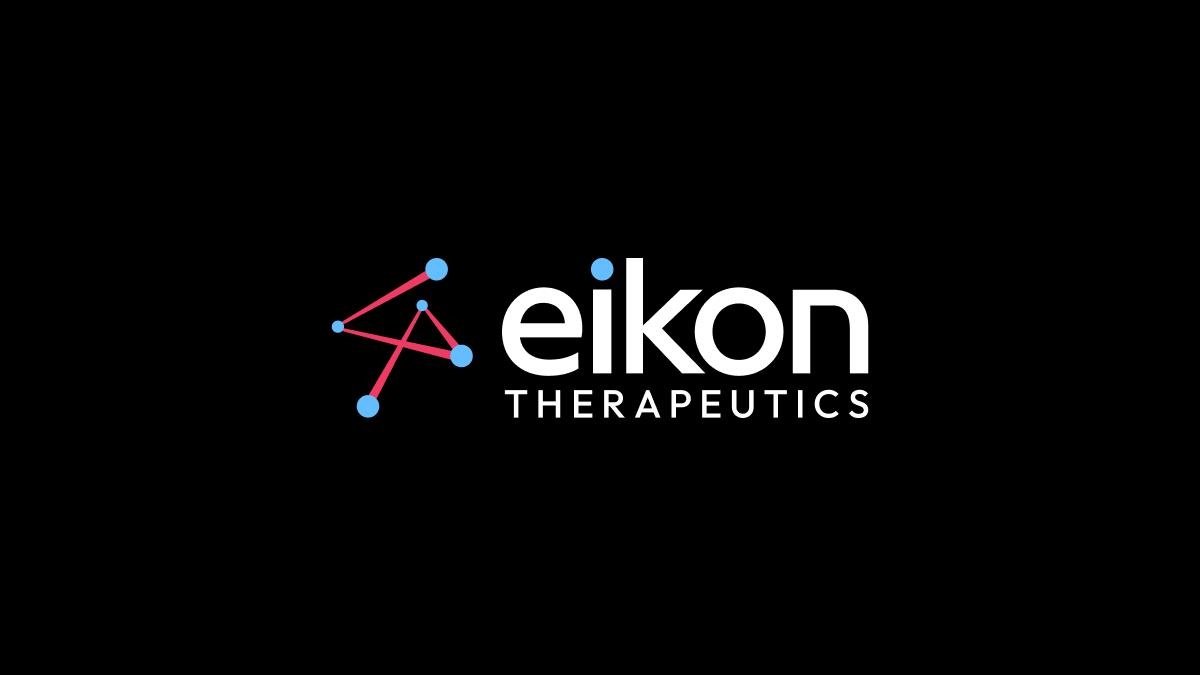Oncology R&D hits new heights, but that creates problems

The number of people globally who are being treated for cancer is steadily going up each year. This is good news for patients, but Ben Hargreaves finds that the cost of new treatments is putting a growing financial strain on healthcare systems.
The oncology sector is the dominant area for pharma R&D investment. The global pipeline has been dominated by oncology assets for the last decade, according to IQVIA. There are numerous reasons why this is the case: the higher return on investment, the global need and desire for cancer treatments, and the discovery of effective new treatment modalities, among other drivers. This is reflected in the total value of the area, as Vantage Market Research estimates the global oncology market was worth $305 billion in 2022.
IQVIA recently published its annual analysis of trends in the oncology market. The research found that the therapeutic segment continues to grow quickly, with trial starts at historical highs and the number of patients being treated also increasing annually. However, with this propulsive growth, there have arrived challenges to the sustainability of funding each new treatment approved.
A broadening pipeline
The success of major oncology treatments, such as the emergence of blockbuster PD-1/L1 therapies, has fuelled greater investment into the space. As such, the pipeline of potential therapies is constantly growing and IQVIA’s report found that oncology trial starts are at historically high levels, having increased by 22% from 2018. The report found that in 2022, the number of oncology trial starts during the year was approximately 2,250, which is close to double that in 2012. Of these trials, 56% were evaluating medicines on rare forms of cancer, and 75% were testing drugs against solid tumours.
In terms of the forms of therapies being pursued in the trials, traditional small molecule and biologic therapies represent the larger portion of the pipeline. However, there has been a sharp rise in research conducted on developing ‘next-generation biotherapeutics’. Within this group, IQVIA classes cell therapies, CAR-T treatments, RNA therapeutics, DNA/RNA vaccines, and gene editing/therapies. Of these, CAR-T therapies and natural killer (NK) cell therapies represent 74% of the next-generation pipeline for haematological cancers.
For CAR-Ts, the trial starts did not stop with haematological cancer, as the industry has moved to broaden indications into solid tumours. In 2022, there were 264 trials started investigating the use of CAR-T in oncology, but with an increase of 30% in the number of trials targeting solid tumours. Overall, 34% of the CAR-T pipeline is now targeting solid tumours.
Despite the progress of such treatments, the report observed that, due to a significant number of adverse events setbacks in clinical trials, the proportion of gene therapies in the pipeline has dropped.
More patients treated
The end result of the healthy pipeline of treatments moving through into later stage trials is that a greater number of therapies are being approved, with more patients reaping the rewards. According to IQVIA, global numbers of treated patients have increased at an average of 5% over the past five year. The reasons specified are the broader population changes happening globally, such as ageing populations and greater access to care. Though per capita rates of treatment remain highest in developed countries, emerging countries and lower-income markets represented the highest rates of growth – at 8% and 12% compound annual growth rate (CAGR), respectively.
The report specifically linked this increase in access to treatments to the rise of innovative treatments, such as CAR-T therapies, but also particularly to checkpoint inhibitors. The authors concluded that the “wide adoption of PD-1/PD-L1 checkpoint inhibitors reflects their strong efficacy across a range of solid tumours, including several with tissue-agnostic approvals, triggering their use with biomarker testing results.”
The uptake of such medicines has also accelerated quickly in certain geographies, with IQVIA noting that China’s use of checkpoint inhibitors had been limited until 2021. However, in recent data collections, the country’s use of these treatments accelerated past the average in the APAC region, and is now only half of the level seen in the UK.
Notable is that the growth of checkpoint inhibitors has also been driven by the improved outcomes in illness that previously had few treatment options. The report notes that this has shifted treatment patterns in cancers affecting women, especially in the last two years. In particular, IQVIA notes that this is the case in triple-negative breast cancer, ovarian cancers, and cervical cancers.
Greater access, greater cost
IQVIA states that cancer medicine spending rose to $196 billion globally in 2022 and that this figure is expected to almost double by 2027. Of this total number in 2022, the US represents 45% of total global spending within oncology, with this figure expected to grow within a 12-15% range over the coming years. This disproportionate spend by a single country is one of the reasons that the Biden administration sought to be able to negotiate prices of a selected group of medicines. This decision is facing legal pushback from within the industry, but is reflective of a larger debate over drug pricing and sustainability moving into the future.
IQVIA identified several reasons for the steady growth in spending on cancer treatments, such as new products entering the market, and the wider use of launched products, such as the previously mentioned checkpoint inhibitors. IQVIA found that 44% of new launches in the past five years cost the US health system more than $200,000 per year, which is a marked increase on the prior five years, where only 7% of launches reached this level.
In global terms, ‘pharmerging’ countries have also quickly escalated spending on oncology treatments. China, for example, has seen spending on oncology treatments more than double to $11.8 billion since 2017. IQVIA grouped together various countries into a ‘rest of world’ section, in which overall spending also doubled from $11.4 billion in 2017 to $22.5 billion in 2022.
Despite this increase in spend, there have been some notable counterweights that have managed to provide saving costs. Notably, biosimilar impact is being felt in Europe and is starting to have a similar reduction in cost in the US. Across major markets, oncology biosimilars have resulted in a saving of $12 billion over the last five years. The report authors added that ”[s]ignificant biosimilar events in the next few years will provide additional savings as the first immuno-oncologic, ipilimumab (Yervoy), is expected to face biosimilar competition as early as 2025 in the US.”
IQVIA also concluded that the next-generation treatments coming through the oncology pipeline are not guaranteed clinical or commercial success. In terms of the clinic, there are safety issues to hurdle when using approaches such as gene editing. Additionally, the high price tags that have been so far attached to such therapies could see greater pushback in the future. The report noted that in a ‘high-end scenario’ where many of these products are approved, spending on this segment alone could reach $50 billion. Should this be the case, the debate around drug pricing would become a far more urgent topic.












